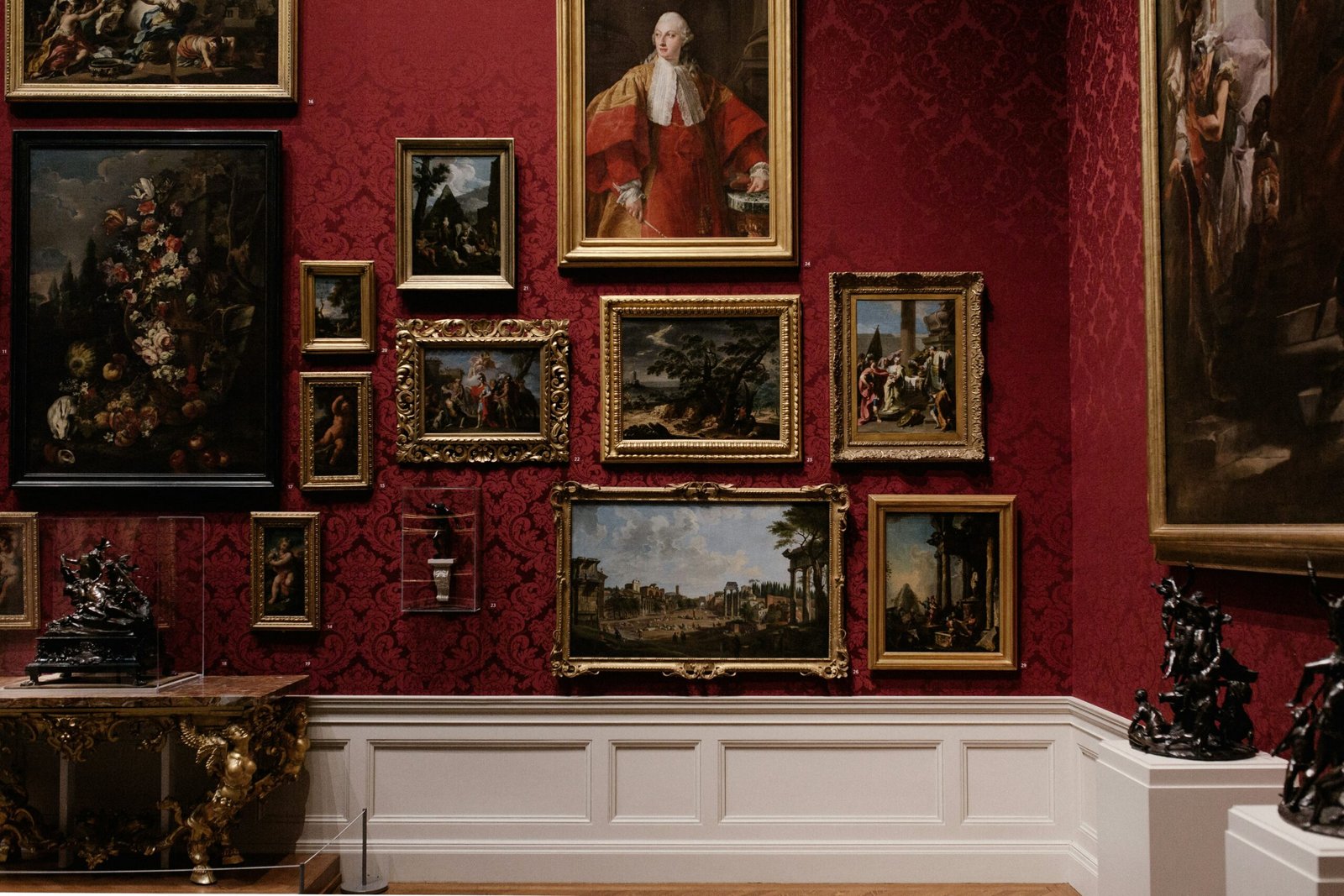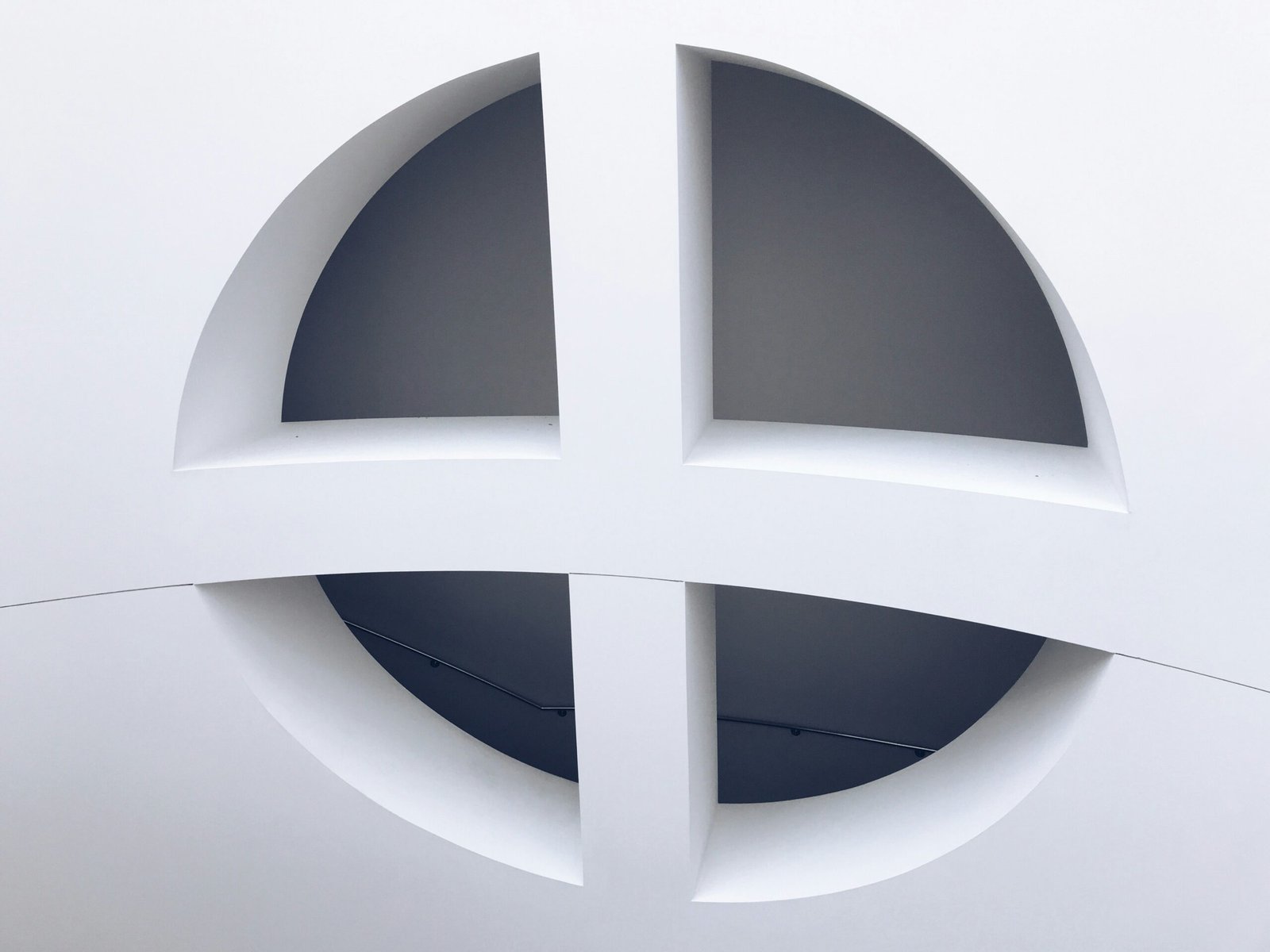Glenn Lowry’s Departure from MoMA
Glenn Lowry, the longtime director of the Museum of Modern Art (MoMA) in New York, has announced his decision to step down from his position in September 2025 after 30 years of service. This news marks a significant change in the leadership of one of the country’s most prestigious museums.
Reflecting on Lowry’s Legacy
Glenn Lowry’s tenure at MoMA has been marked by significant accomplishments, including overseeing two major renovations of the museum and its merger with the P.S. 1 Center for Contemporary Art in Long Island City, Queens. His impact on the institution has been profound, shaping its direction and vision for the future.

The Future of MoMA
With Lowry’s departure on the horizon, MoMA will embark on the search for a new director to lead the institution into its next chapter. The board of directors will commence an international search to find a suitable successor who can continue Lowry’s legacy and navigate the challenges facing museums in the 21st century.
The Search for a Successor
Finding a new director for MoMA will be no easy task, given the complexity of the role and the high expectations set by Lowry’s successful tenure. The ideal candidate will need to possess a diverse skill set, including diplomatic abilities, fundraising expertise, and a deep understanding of contemporary art and museum management.
The Impact of Lowry’s Departure
Lowry’s departure will undoubtedly have a significant impact on MoMA and the broader art world. As a respected leader and visionary in the field, his absence will be felt by the staff, artists, and patrons of the museum. However, his departure also presents an opportunity for fresh perspectives and new leadership to shape the future of MoMA.

The Role of Museum Directors
The position of a museum director is multifaceted and requires a diverse set of skills and experiences. Directors are responsible for overseeing the overall operations of the museum, from curatorial decisions to financial management. They play a crucial role in shaping the institution’s identity and fostering connections with the broader community.
Responsibilities of a Museum Director
Museum directors are tasked with a wide range of responsibilities, including strategic planning, fundraising, staff management, and community engagement. They must balance the artistic vision of the institution with financial sustainability and operational efficiency. Additionally, directors serve as representatives of the museum in the art world and beyond.
Qualifications for Museum Directors
Successful museum directors often have backgrounds in art history, museum studies, or related fields. However, the role requires more than academic expertise; directors must possess strong leadership abilities, communication skills, and a passion for contemporary art. Experience in fundraising and financial management is also crucial for overseeing the financial health of the institution.

The Evolution of Museum Leadership
The role of museum directors has evolved significantly in recent years, reflecting the changing landscape of the art world and the broader cultural sector. Directors are now expected to be innovative thinkers, effective communicators, and dynamic leaders who can navigate complex challenges and opportunities.
Changes in Museum Management
The rise of digital technology, changing audience demographics, and shifting funding sources have forced museums to adapt and innovate in their management practices. Directors must now be adept at using data analytics, engaging with diverse communities, and leveraging social media to reach new audiences and enhance the visitor experience.
Challenges Facing Museum Directors
Museum directors face a host of challenges in today’s environment, including financial constraints, political pressures, and cultural shifts. They must juggle competing priorities and demands while staying true to the mission and values of the institution. Building partnerships, fostering diversity, and addressing social issues are also key priorities for modern museum directors.

The Impact of Leaders in the Art World
Leaders in the art world, such as museum directors, curators, and collectors, play a critical role in shaping the cultural landscape and influencing artistic trends. Their vision and decisions have far-reaching impacts on the art community, from the artists they support to the audiences they reach.
Influence of Museum Directors
Museum directors have the power to shape the artistic direction of their institutions, curating exhibitions, acquiring artworks, and engaging with artists and collectors. Their decisions can elevate emerging artists, highlight important historical figures, and challenge conventional norms in the art world. Directors serve as stewards of culture and champions of creativity.
Legacy of Visionary Leaders
Visionary leaders in the art world leave a lasting impact on museums and the artists they support. Their innovative programming, bold acquisitions, and commitment to diversity and inclusion shape the future of the art world. By fostering creativity, dialogue, and critical engagement, these leaders inspire new generations of artists and audiences.

Conclusion
Glenn Lowry’s decision to step down as director of MoMA marks the end of an era and the beginning of a new chapter for the institution. His departure presents both challenges and opportunities for MoMA and the broader art world, as it navigates the complexities of contemporary art and museum management. The search for Lowry’s successor will be a crucial moment in shaping the future direction of MoMA and reaffirming its commitment to artistic excellence and cultural relevance. As the art world continues to evolve, the role of museum directors will remain vital in fostering creativity, engaging audiences, and advancing the field of contemporary art.







